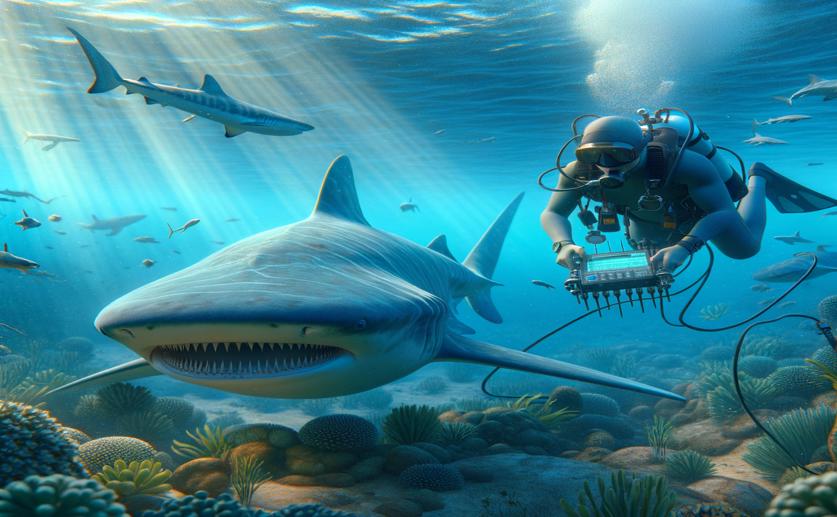
Using Sound Tracking to Help Manage Basking Shark Populations
Jim Crocker
13th July, 2024

Image Source: Natural Science News, 2024
Key Findings
- Researchers from Queen’s University Belfast used acoustic telemetry to track basking sharks in the coastal waters of Ireland, Northern Ireland, and Scotland
- They tagged 35 basking sharks and detected 27 of them across 96 receiver stations, showing the feasibility of using broadscale acoustic arrays for monitoring
- The study found that some sharks returned to the same locations over two years, indicating inter-annual site fidelity and potential social coordination
EnvironmentAnimal ScienceMarine Biology
References
Main Study
1) Assessing the potential of acoustic telemetry to underpin the regional management of basking sharks (Cetorhinus maximus)
Published 12th July, 2024
https://doi.org/10.1186/s40317-024-00370-5
Related Studies
2) Long-term satellite tracking reveals variable seasonal migration strategies of basking sharks in the north-east Atlantic.
3) Tracking apex marine predator movements in a dynamic ocean.
4) Use of Photo-Identification and Mark-Recapture Methodology to Assess Basking Shark (Cetorhinus maximus) Populations.



 12th July, 2024 | Jim Crocker
12th July, 2024 | Jim Crocker